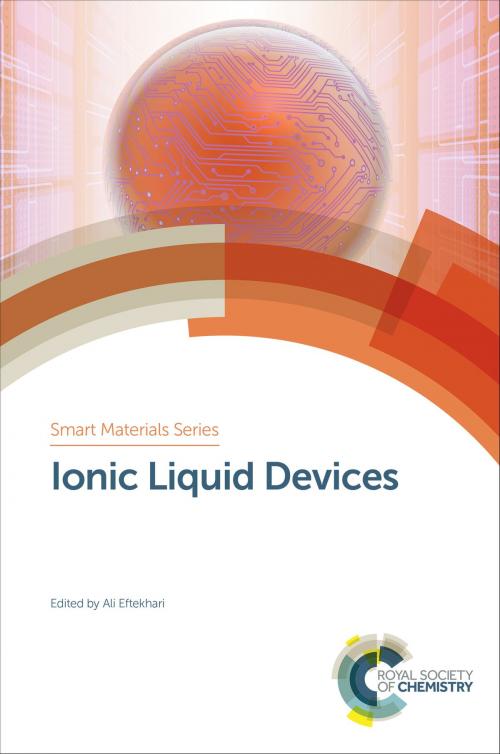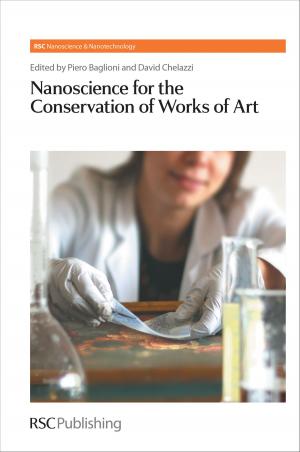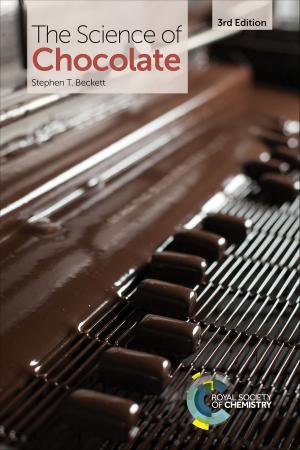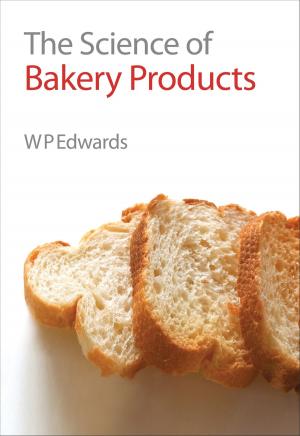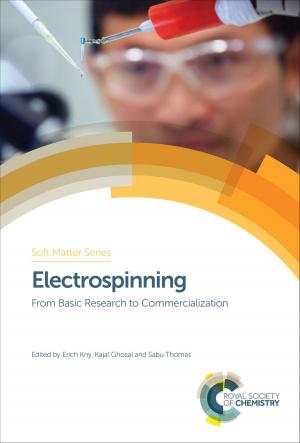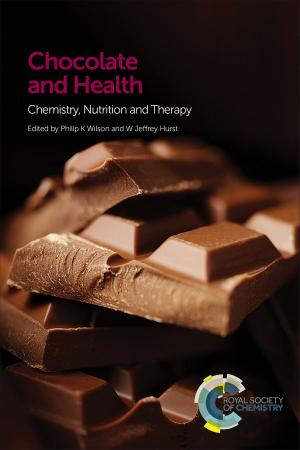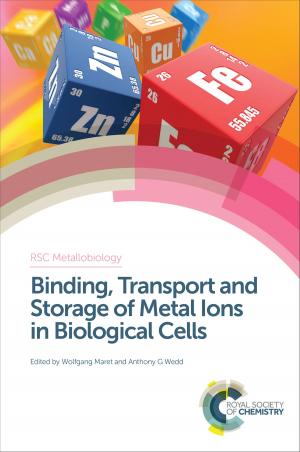Ionic Liquid Devices
Nonfiction, Science & Nature, Science, Physics, Solid State Physics, Technology, Material Science| Author: | Ana M. Afonso, Luis P N Rebelo, Tetsuya Tsuda, Jose S. Torrecilla, Giuseppe Musumarra, Yongjin Li, Simone Silva, Takashi Ichii, Sandra Mara Oliveira Einloft, Yuji Matsumoto, Jun-ichi Kadokawa, Roberto Torresi, Luis Miguel Varela Cabo, Chisato Takahashi, Satoru Ohisa, Fernando Benito, Christian Bergaud, Yi Chung, Gan G Redhi, Alastair McIntosh, Stephanie Zopf, Masahiro Goto, Yen-Ho Chu, Ricardo Ferraz, Thomas Schäfer, Hans-Jorg Schneider, Mohsen Shahinpoor | ISBN: | 9781788012089 |
| Publisher: | Royal Society of Chemistry | Publication: | September 14, 2017 |
| Imprint: | Royal Society of Chemistry | Language: | English |
| Author: | Ana M. Afonso, Luis P N Rebelo, Tetsuya Tsuda, Jose S. Torrecilla, Giuseppe Musumarra, Yongjin Li, Simone Silva, Takashi Ichii, Sandra Mara Oliveira Einloft, Yuji Matsumoto, Jun-ichi Kadokawa, Roberto Torresi, Luis Miguel Varela Cabo, Chisato Takahashi, Satoru Ohisa, Fernando Benito, Christian Bergaud, Yi Chung, Gan G Redhi, Alastair McIntosh, Stephanie Zopf, Masahiro Goto, Yen-Ho Chu, Ricardo Ferraz, Thomas Schäfer, Hans-Jorg Schneider, Mohsen Shahinpoor |
| ISBN: | 9781788012089 |
| Publisher: | Royal Society of Chemistry |
| Publication: | September 14, 2017 |
| Imprint: | Royal Society of Chemistry |
| Language: | English |
Ionic liquids are attractive because they offer versatility in the design of organic salts. As ion-rich media, ionic liquids can control the systems properties by tuning the size, charge, and shape of the composing ions. Whilst the focus has mainly been on the potential applications of ionic liquids as solvents, they also provide innovative opportunities for designing new systems and devices. Limitations from the high viscosity and expensive purification of the ionic liquids are also not a barrier for applications as devices.
Written by leading authors, Ionic Liquid Devices introduces the innovative applications of ionic liquids. Whilst the first chapters focus on their characterization, which can be difficult in some instances, the rest of the book demonstrates how ionic liquids can play substantial roles in quite different systems from sensors and actuators to biomedical applications.
The book provides a comprehensive resource aimed at researchers and students in materials science, polymer science, chemistry and physics interested in the materials and inspire the discovery of new applications of ionic liquids in smart devices.
Ionic liquids are attractive because they offer versatility in the design of organic salts. As ion-rich media, ionic liquids can control the systems properties by tuning the size, charge, and shape of the composing ions. Whilst the focus has mainly been on the potential applications of ionic liquids as solvents, they also provide innovative opportunities for designing new systems and devices. Limitations from the high viscosity and expensive purification of the ionic liquids are also not a barrier for applications as devices.
Written by leading authors, Ionic Liquid Devices introduces the innovative applications of ionic liquids. Whilst the first chapters focus on their characterization, which can be difficult in some instances, the rest of the book demonstrates how ionic liquids can play substantial roles in quite different systems from sensors and actuators to biomedical applications.
The book provides a comprehensive resource aimed at researchers and students in materials science, polymer science, chemistry and physics interested in the materials and inspire the discovery of new applications of ionic liquids in smart devices.
